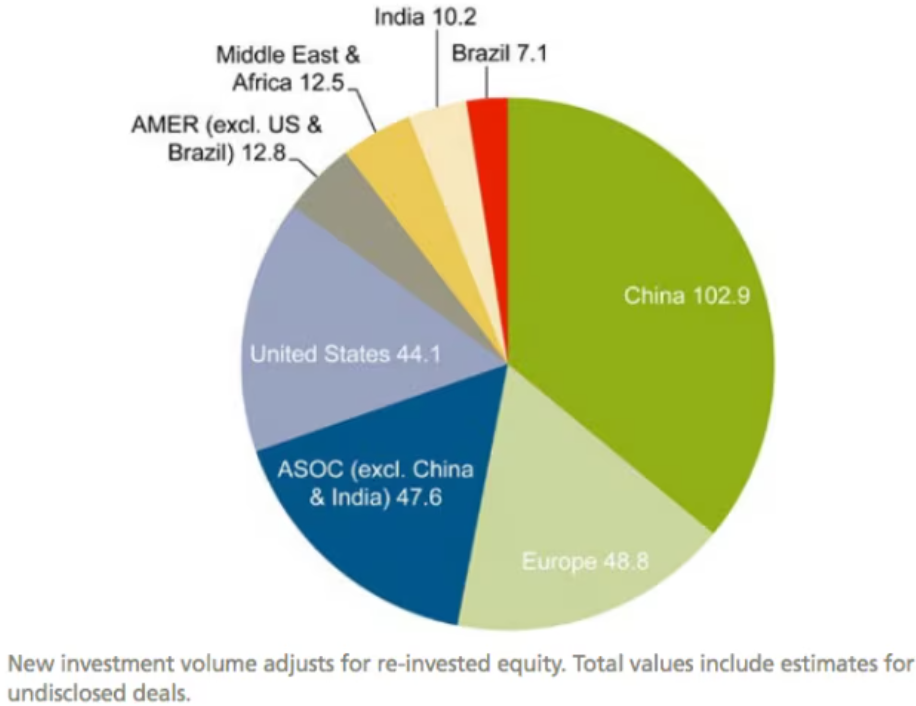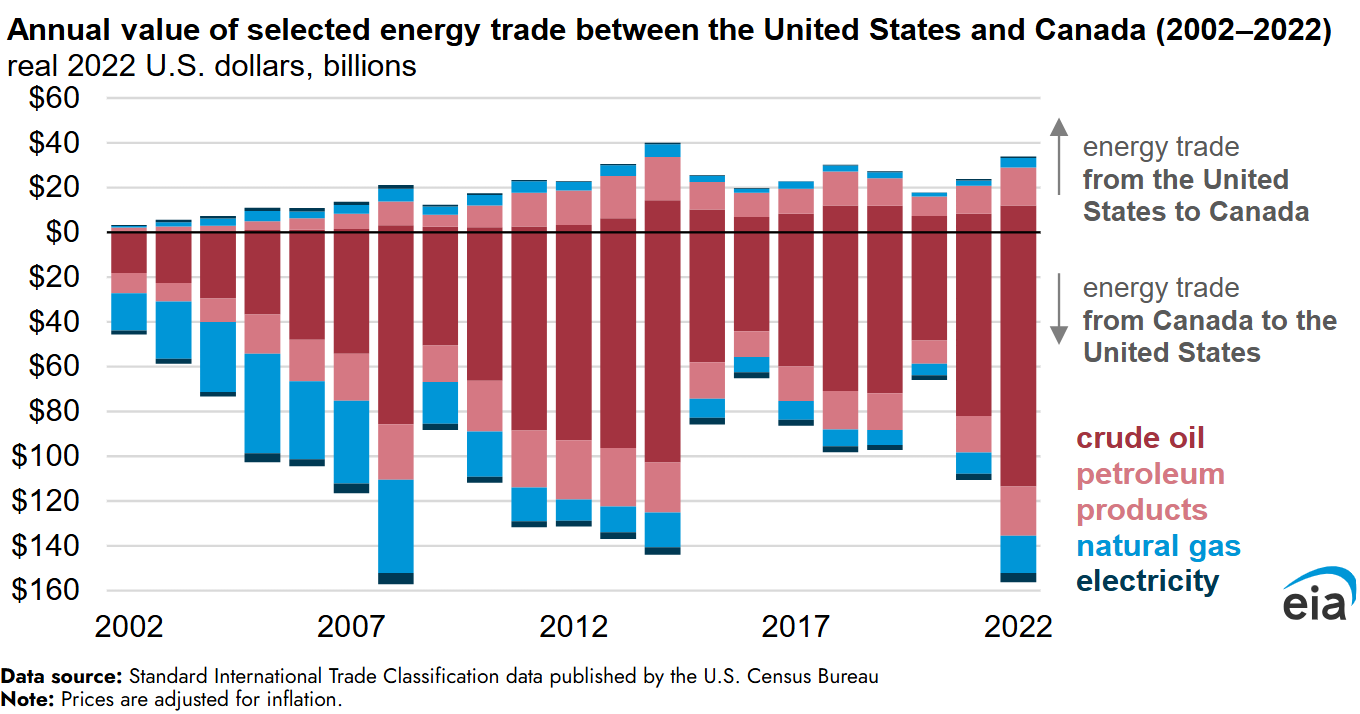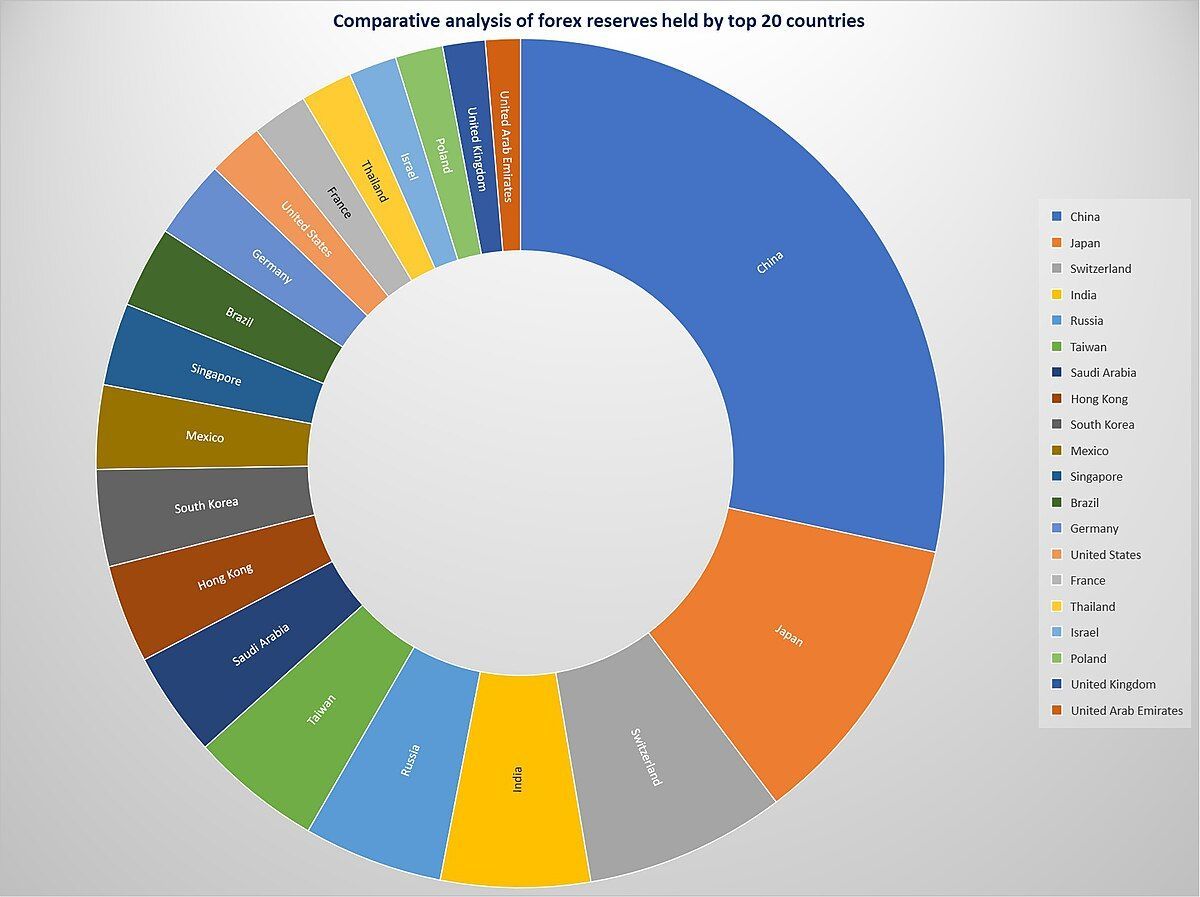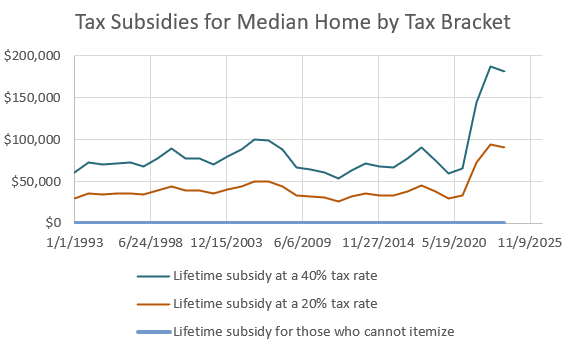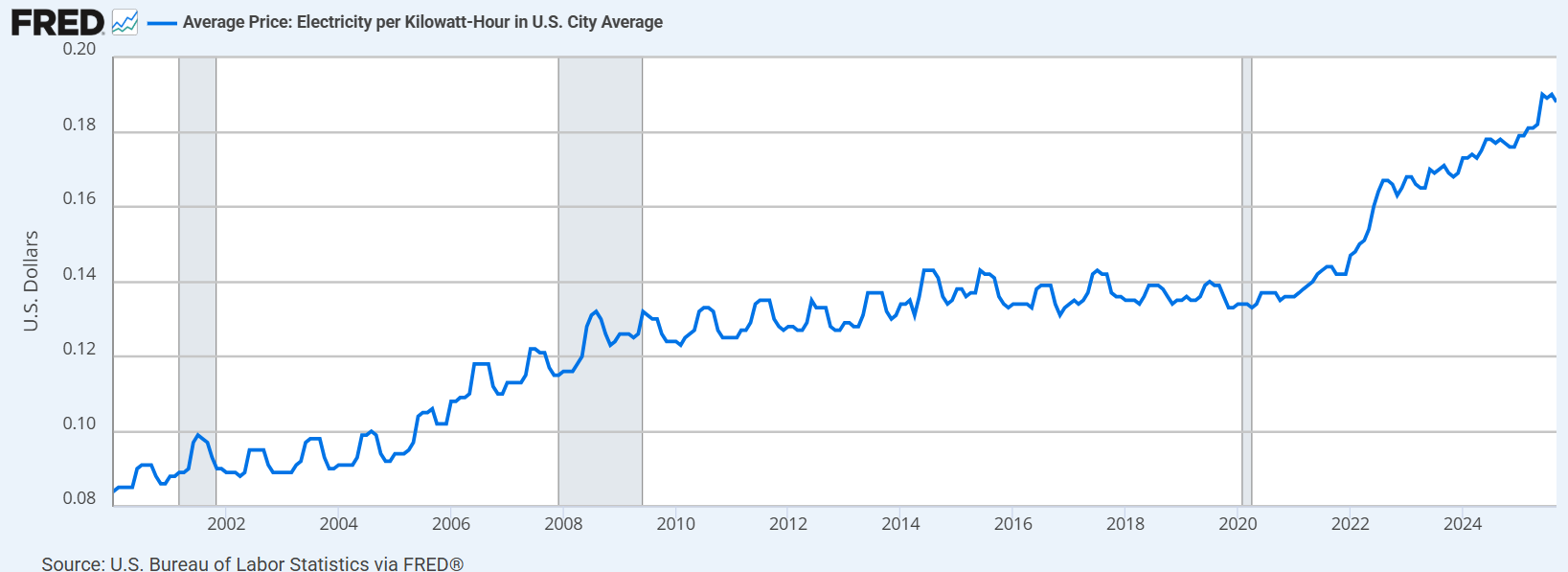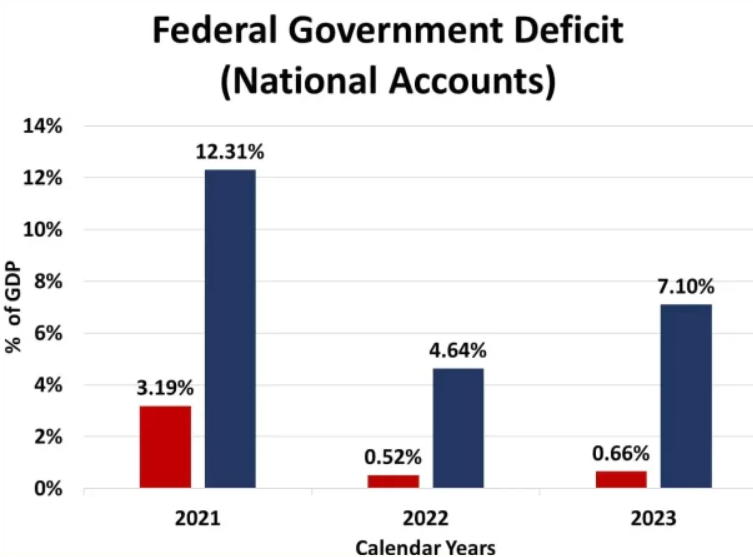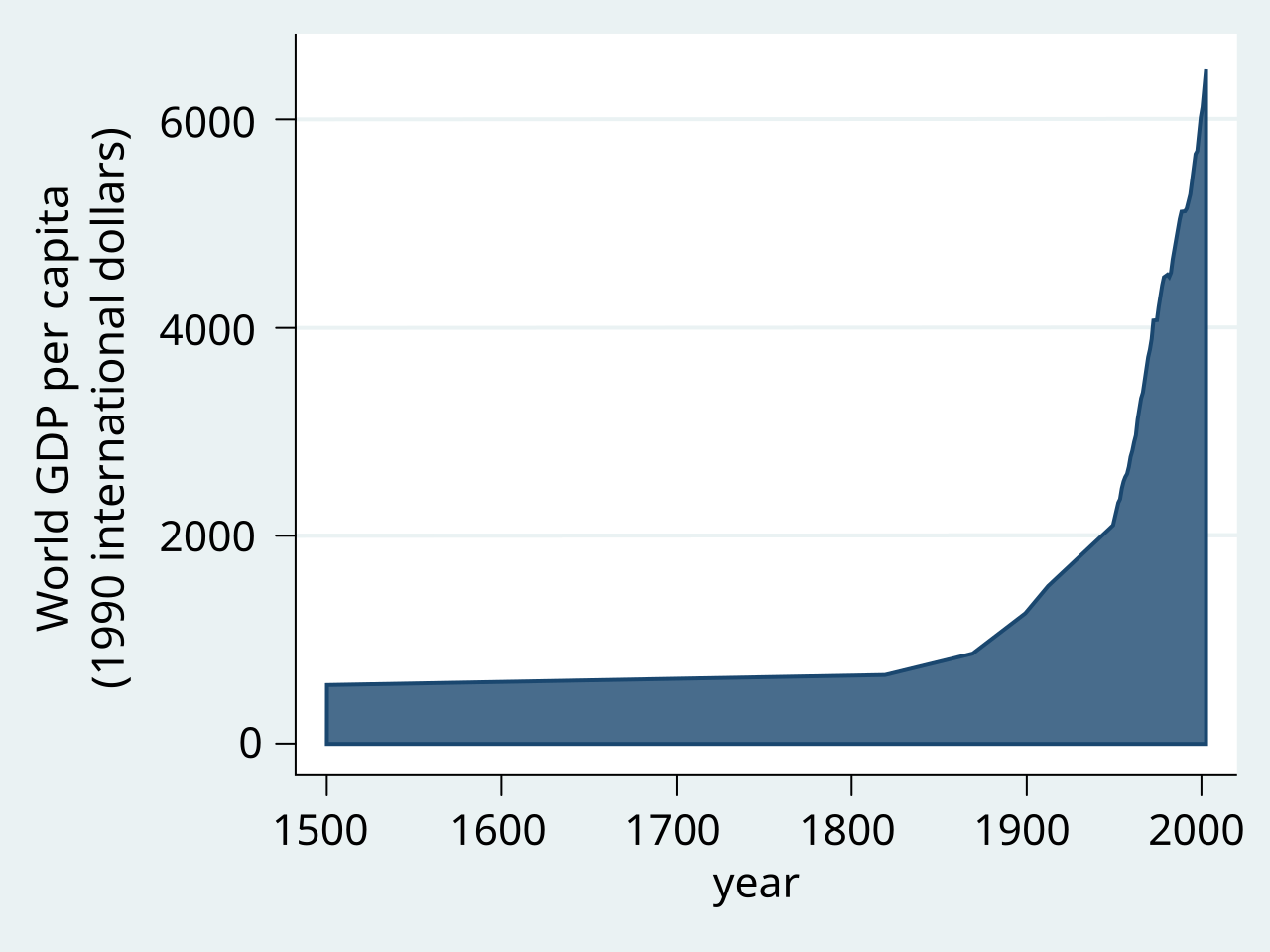Colin Read • November 19, 2023
A New and Improved Tax - November 19, 2023

Detroit is not unlike many other once grand manufacturing cities across the American Rust Belt. Once spectacular homes on large lots, abandoned churches, unoccupied schools, and abandoned parks dot even the most central urban cores. Detroit’s population peaked at 1.84 million people in 1950. It has since fallen by two thirds, to 640 thousand, and has left two out of every three plots vacant.
The value of land has declined. Local leaders understand that the existing tax structure on a town of declining population merely furthers its demise. Despite the low land costs, anyone willing to build, rebuild or rehabilitate recognize that their efforts of urban renewal will be met with a thank you of a higher tax valuation.
Meanwhile, those sitting on available vacant land have little incentive to improve it because the land is of little value, and hence so are the taxes. Everybody merely awaits for someone else to invest in their city and improve their lot by first improving theirs.
This is a classic Prisoner’s Dilemma that begs for a remedy. All would collectively benefit if each would do their part by investing in urban renewal. But, any one landowner has no incentive to be the first and, by doing so, merely increase the value of adjacent vacant land, while they are thanked with a higher tax bill.
Buildings come and go as they suffer from the inevitability of entropy in the absence of continuous maintenance. But, land, alas, increases steadily in value with growth.
Detroit has just realized something that Henry George, a 19th Century journalist and social commentator, espoused in his great book, Progress and Poverty, in 1879. George inspired a movement, called the Georgists, which swept the nation as a powerful third party, with the idea that only a chosen few reap the rewards of increasing land prices, even though it is the 99% that give land its value.
The Georgists are akin to those who demonstrated against the 1% in the Occupy Wall Street movement a decade and a half ago. The movements agreed that those who work by the sweat of their brow to farm, to build, to manufacture, and to serve deserve a living wage a productive economy can generate. But, they claim that the idle rich who control the land and become wealthy do so only because of the efforts of others, and should be taxed of their idle-gotten gains.
George came to this conclusion from his vantage point as a columnist in California as the railroads completed their construction across the nation. Previously worthless land was bought up by well-connected speculators who magically knew which towns and routes would be blessed by the railroad barons.
Henry George’s solution was simple. A 100% land tax would prevent profiteering from land that became valuable for reasons well beyond its owner’s control. This was the income distribution aspect of his idea.
He also intuited, and urban economists since have proven, that such a land tax would be just sufficient to pay for the public infrastructure that gives land its value. After all, it is only land serviced by roads, water, and sewer, and attractive enough for people to construct structures that earns a value well above the rural land that surrounds it. With these investments come more people, and more activity, and hence even greater value, also which is then taxed so that this increased value can support even greater and broader investment in public infrastructure.
On the surface, this might sound like a local politician’s dream - yet one more lucrative tax to support even more local spending. But, what George taketh away, he also giveth. He argued for the complete removal of taxes on the structures built upon the land. Since economists have shown that the land tax is sufficient for the right amount of public infrastructure, private entrepreneurs and household investment, new or improved home, school, building, civic center, factory, and retail outlet investment will spring forth without fear that those investments too need be taxed.
Detroit and some other communities have recognized this old idea. Detroit is proposing a Land Value Property Tax that levies a significant increase on the value of land and a decrease in the value of structures built on it. By doing so, developers and homeowners alike are free to invest in their structures without fear or regret of further taxation.
By raising the tax on land, these owners of structures will have their savings offset by a higher land tax, but only partially. Those two out of three empty lots in the City would instead pay a much greater share of the tax base, which would lessen the tax for the vast number of people who actually live on their land.
And, by taxing land, those who simply sit on vacant lots have an increased incentive to fish or cut bait (my wife advised I don’t use a more colorful metaphor). This would lead to land sold at fire sale prices for those who will actually be willing to develop it, or might encourage absentee landlords to either develop their land themselves or return them to the City for something that creates more value than urban blight.
When I was mayor of a city in New York, I proposed such a solution, not necessarily because of a problem with vacant land, but instead as a way to free private sector funds and incentivize greater investment without the fear of greater taxation. New York State is not a place that permits such novelty, even if members of the Georgist Society encouraged its pursuit.
Perhaps the time has come for the concept Henry George devised. The art will be in using it not to deepen the tax base but instead to broaden it to those who speculate on land. Perhaps Detroit can guide us in a new application of an idea that is more than a century and a half old.
